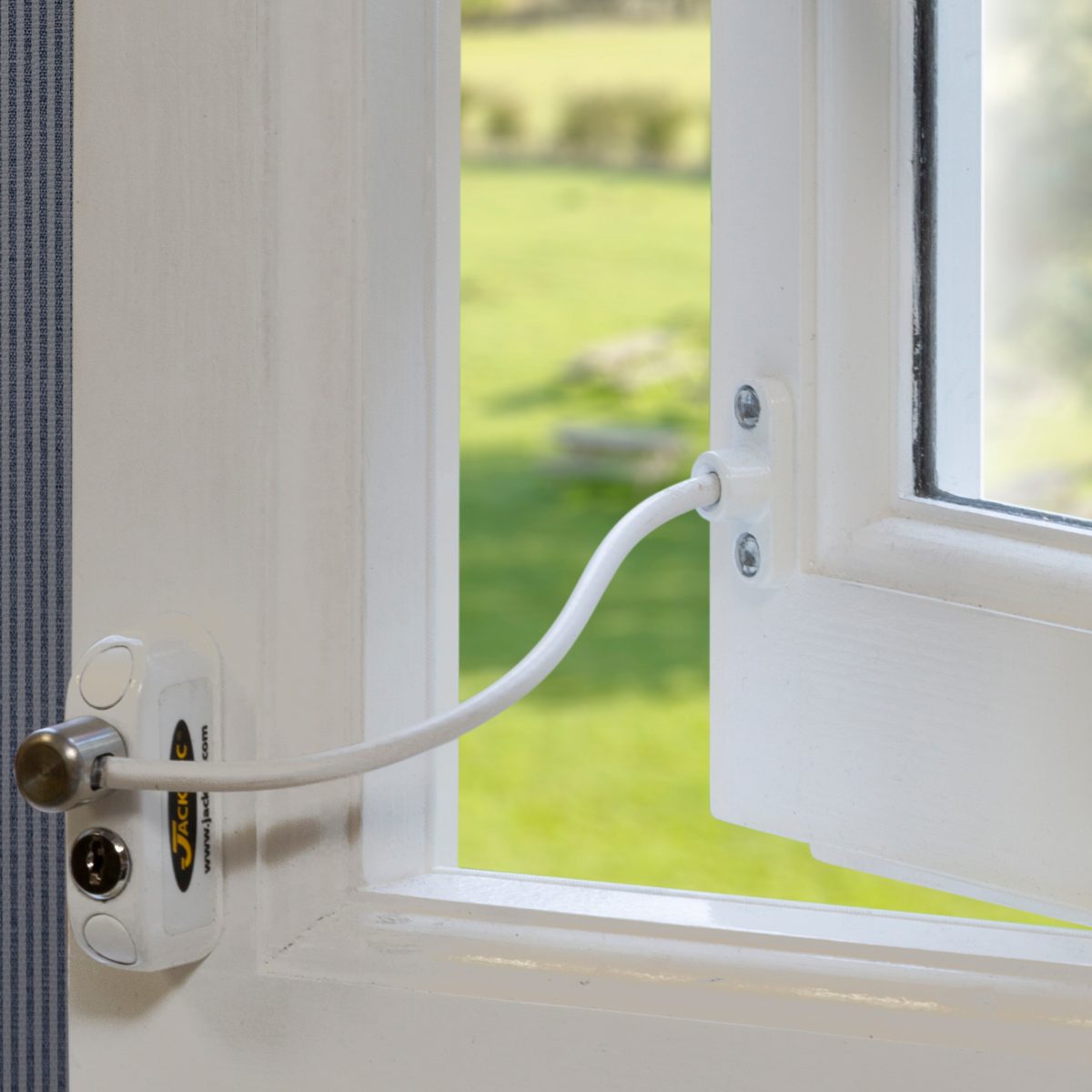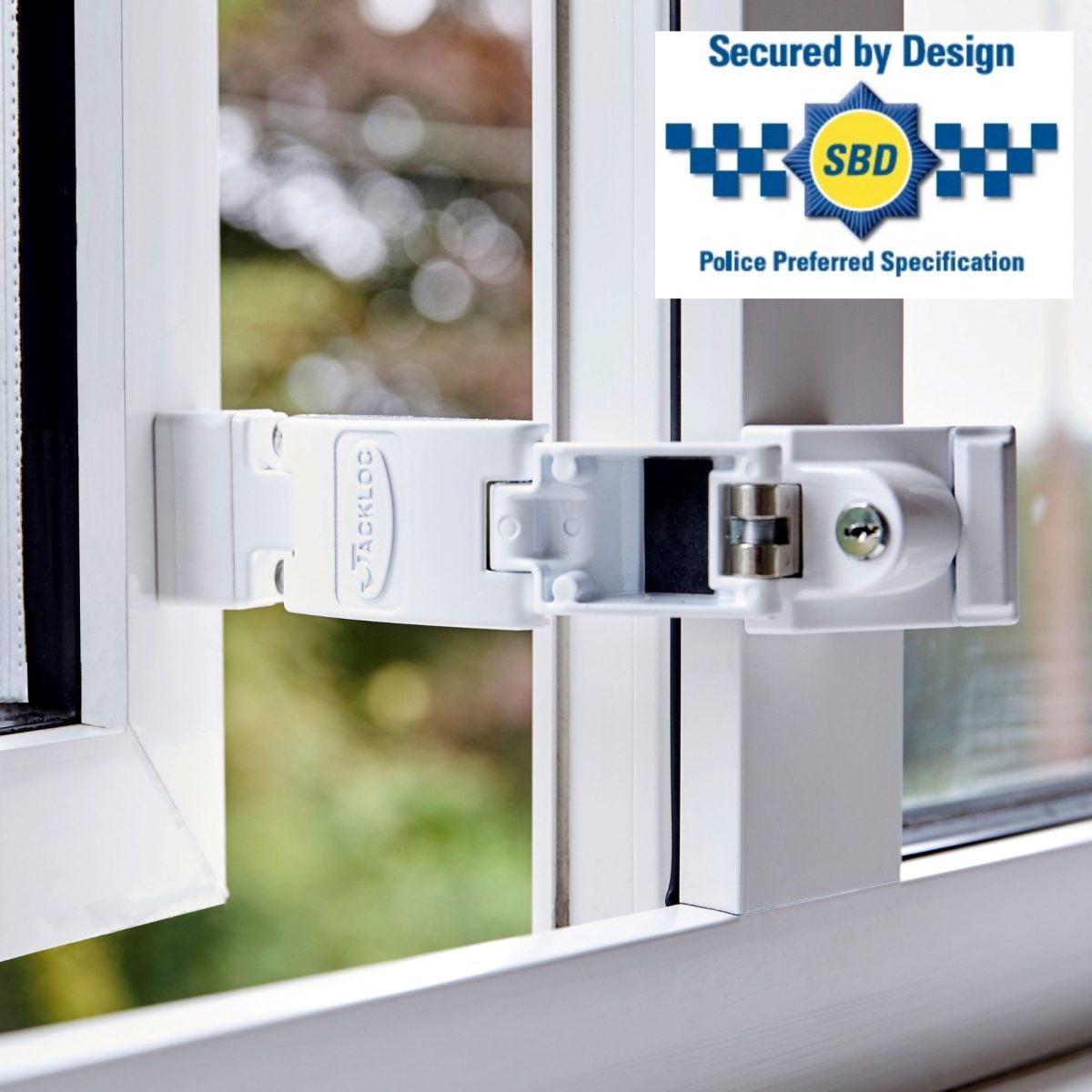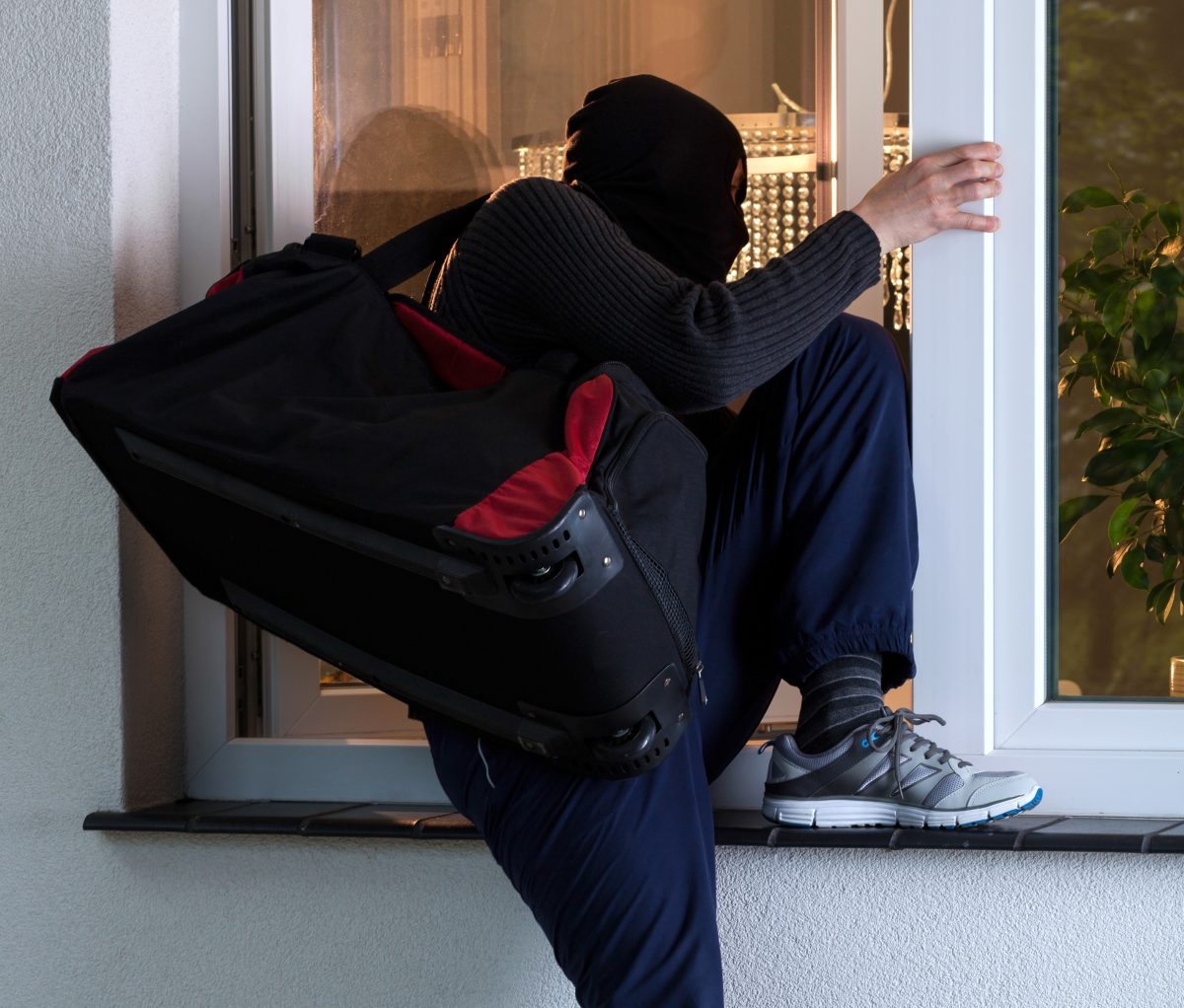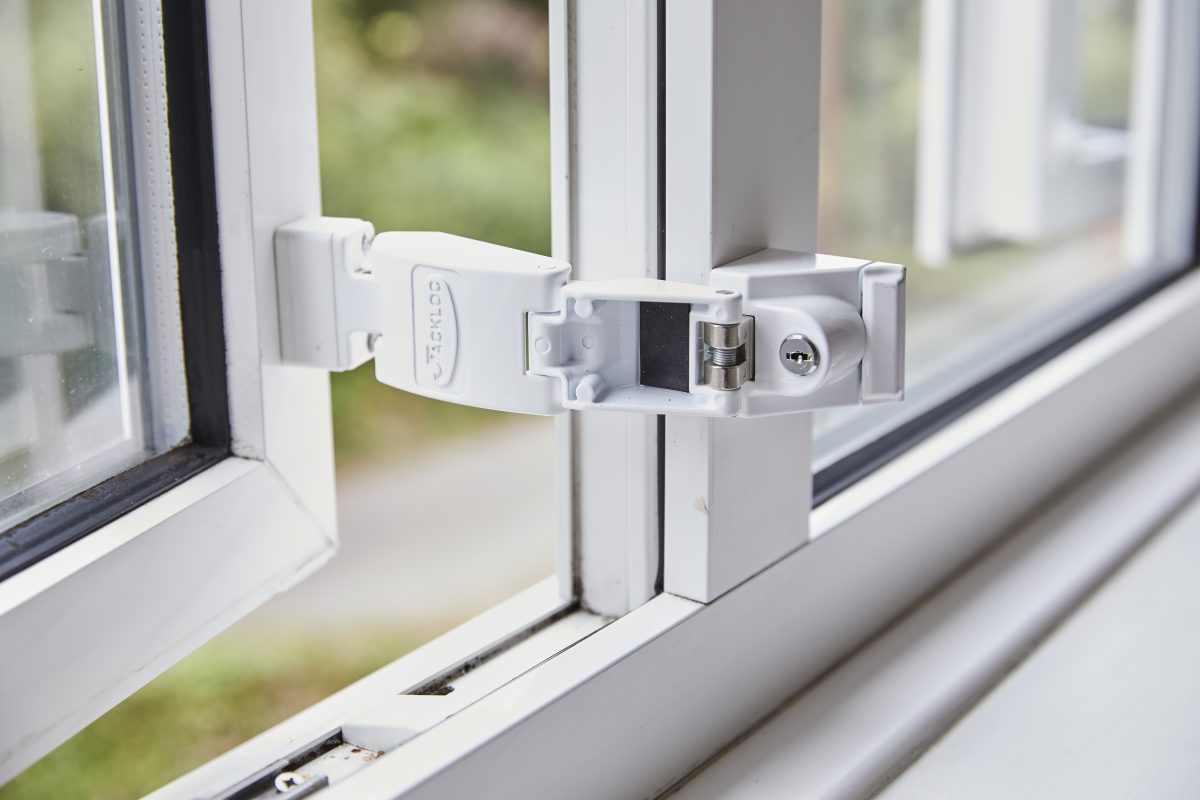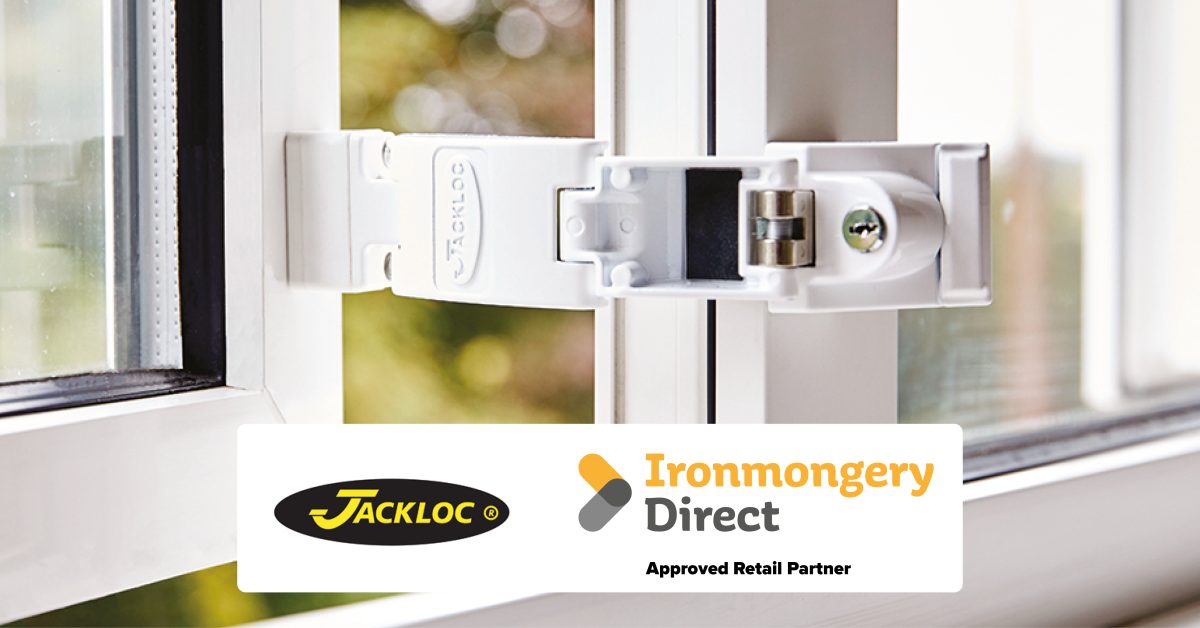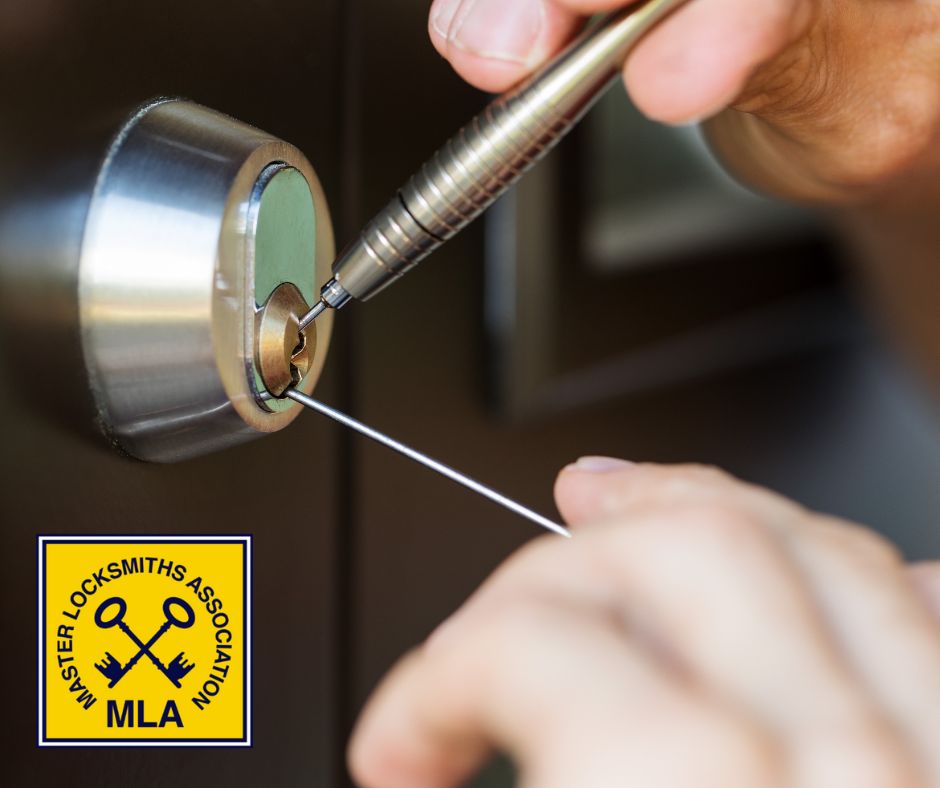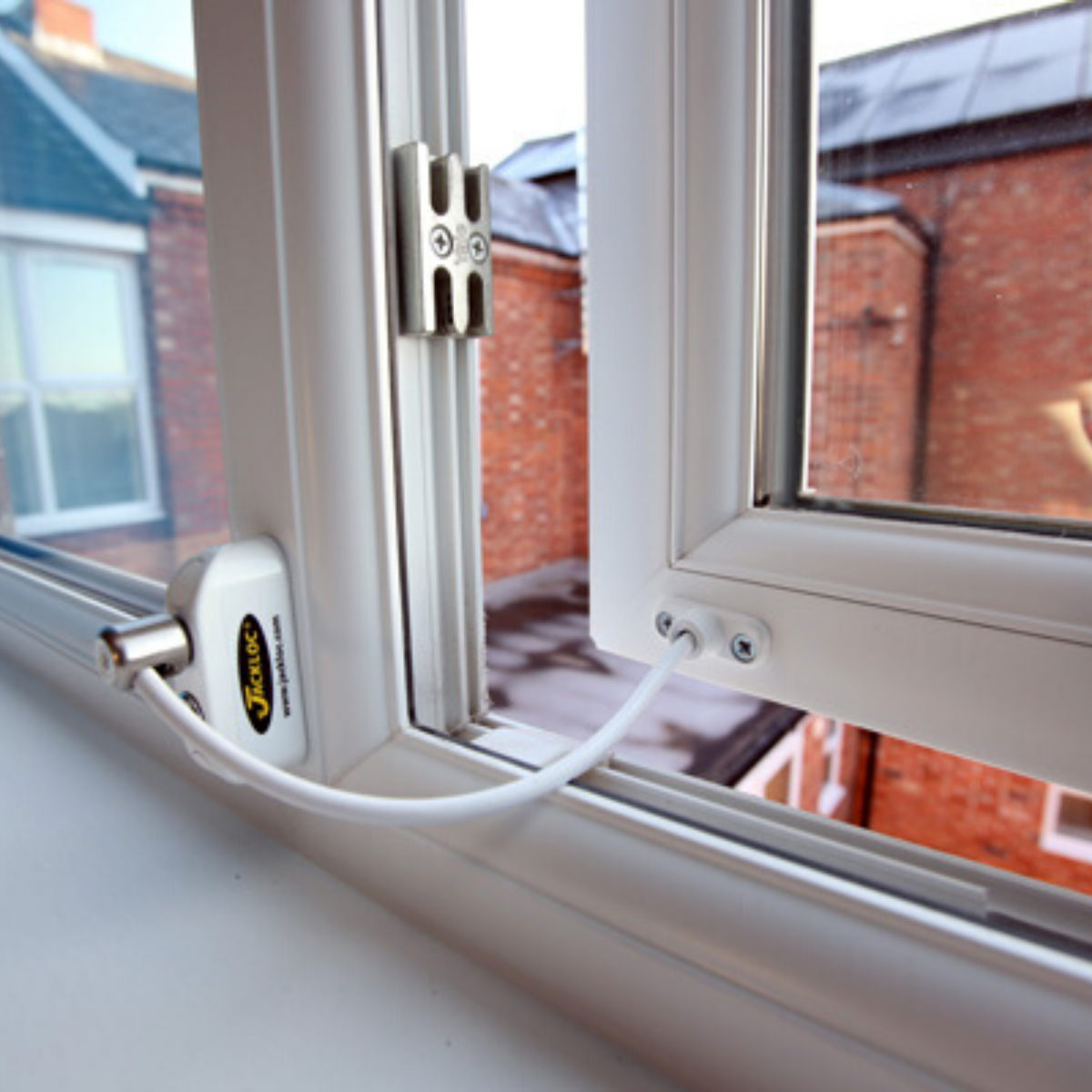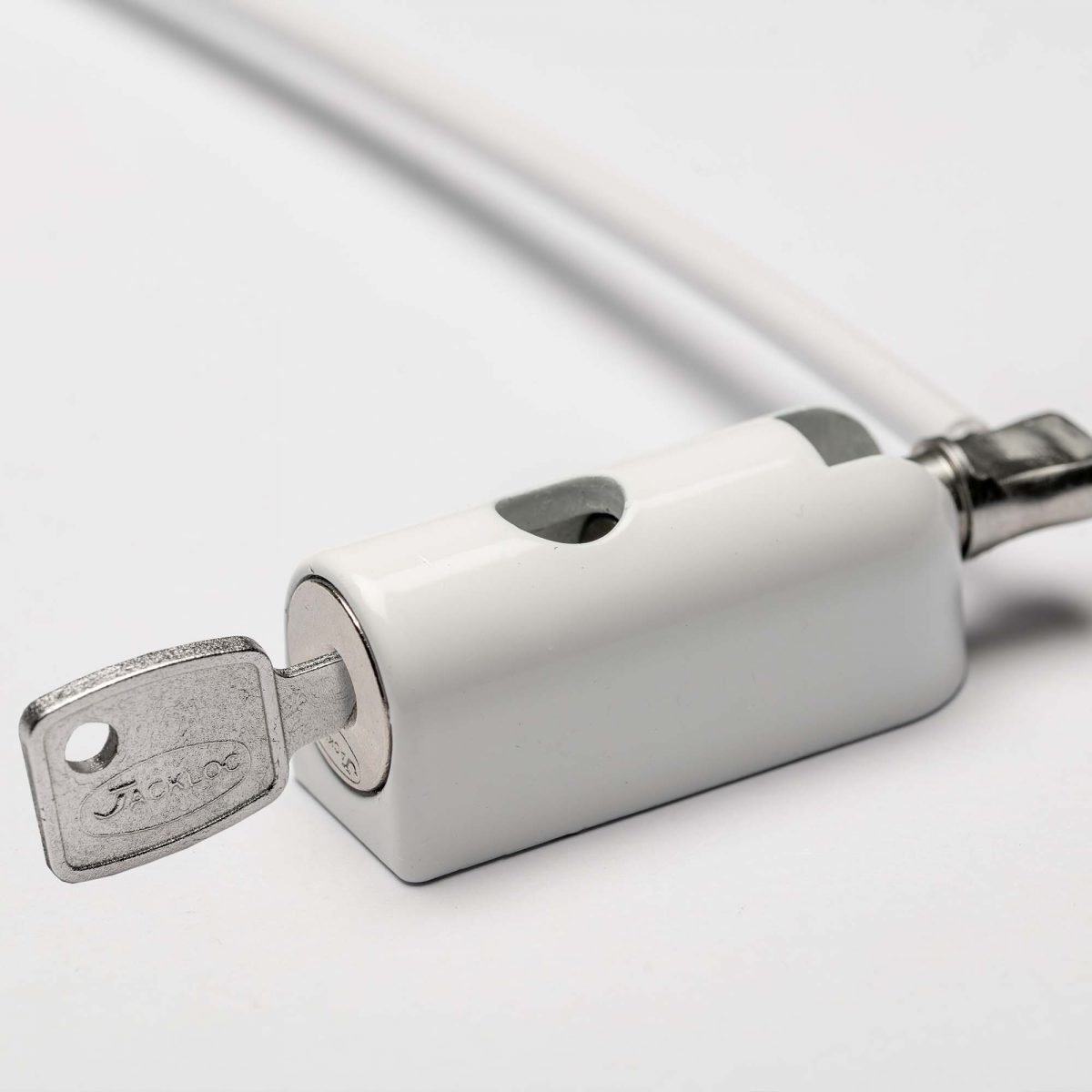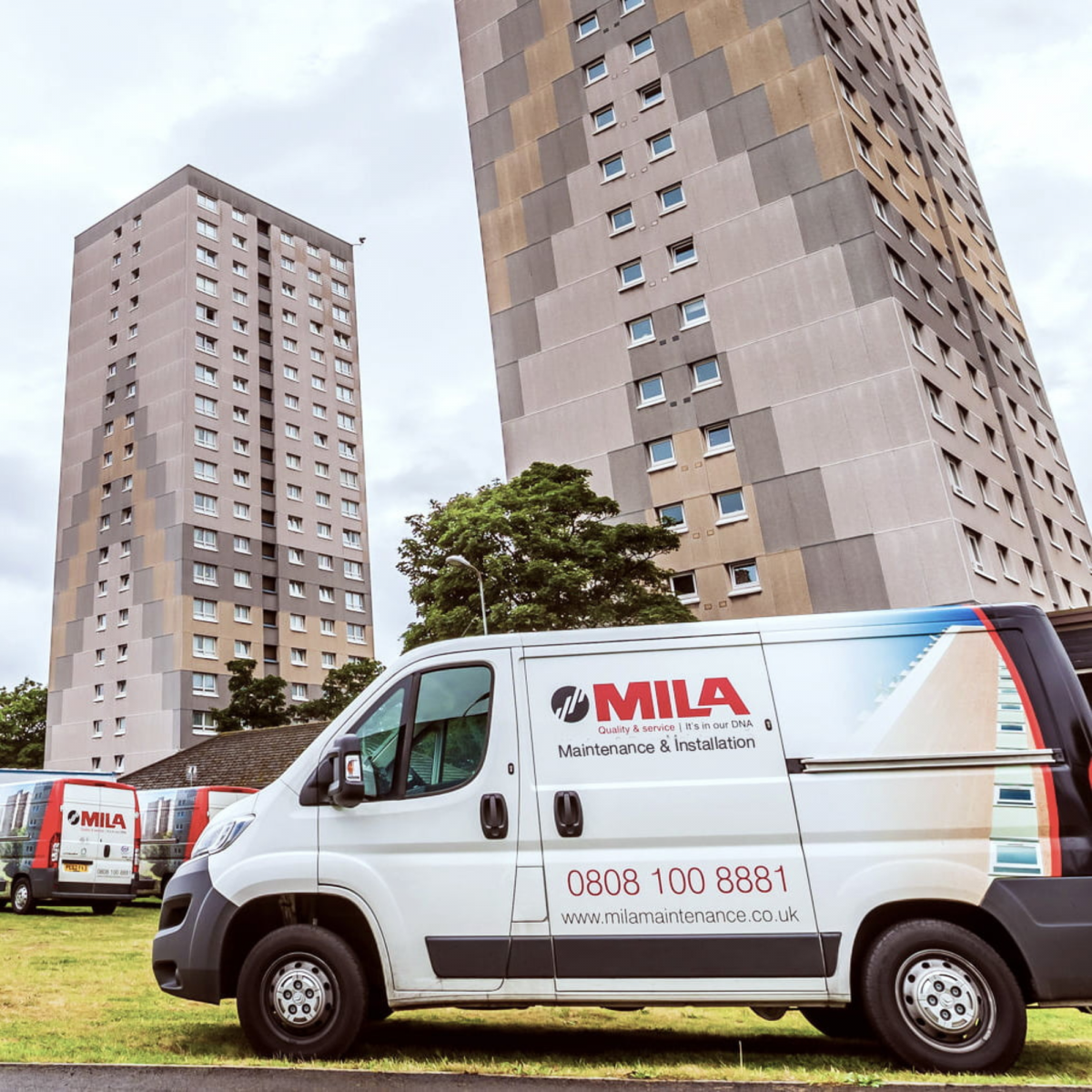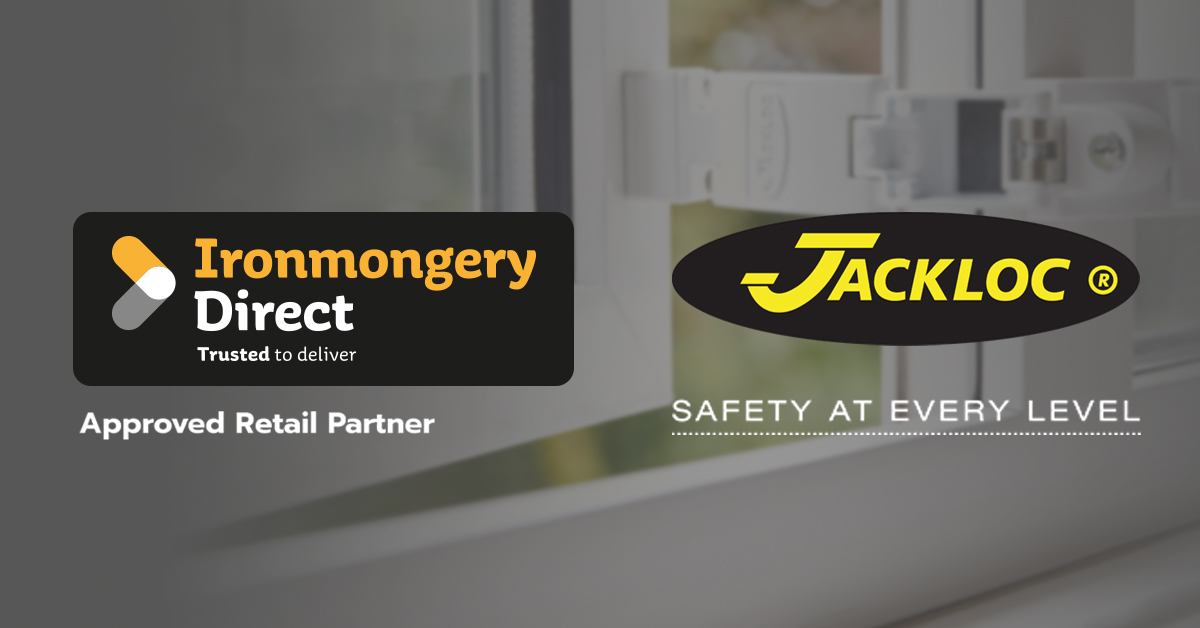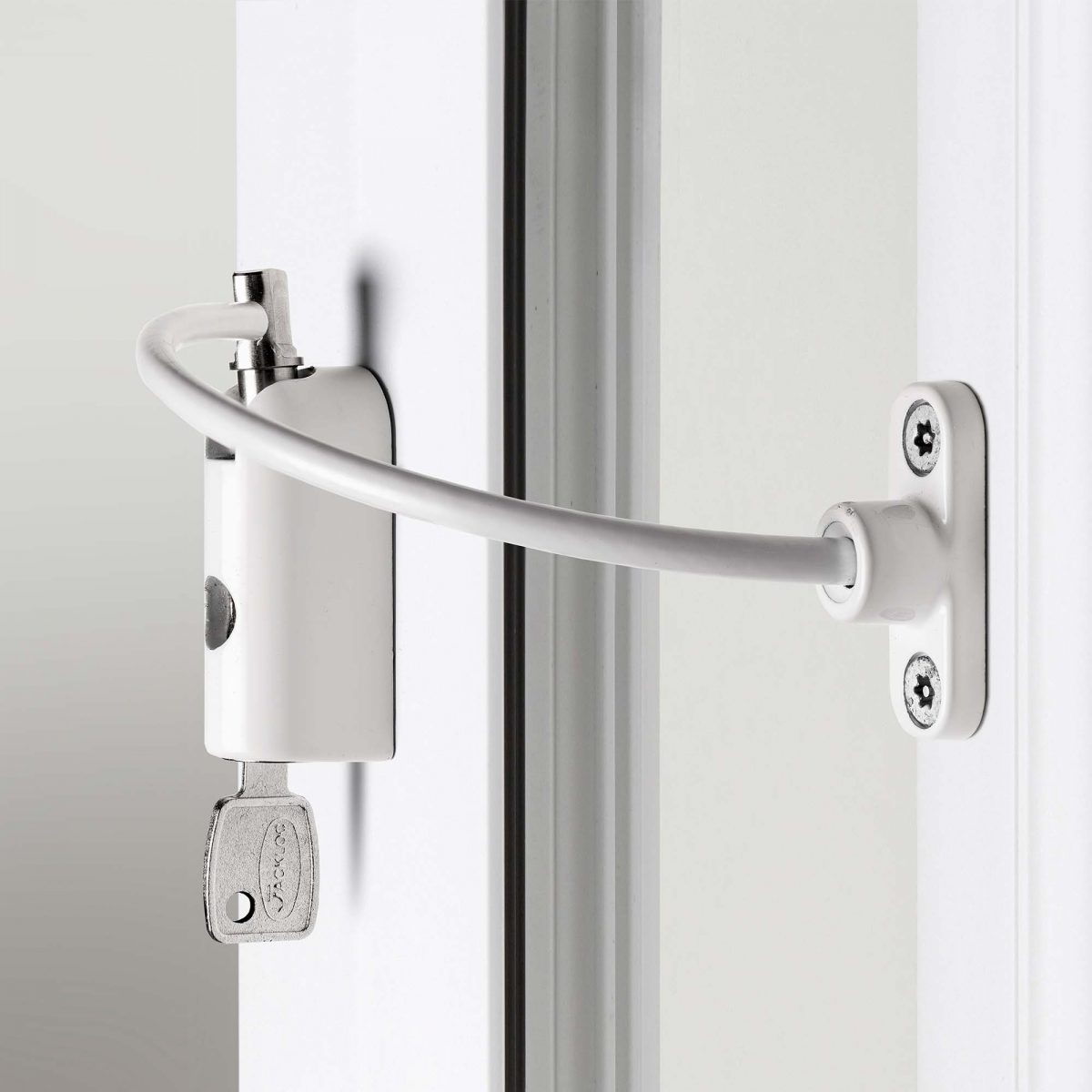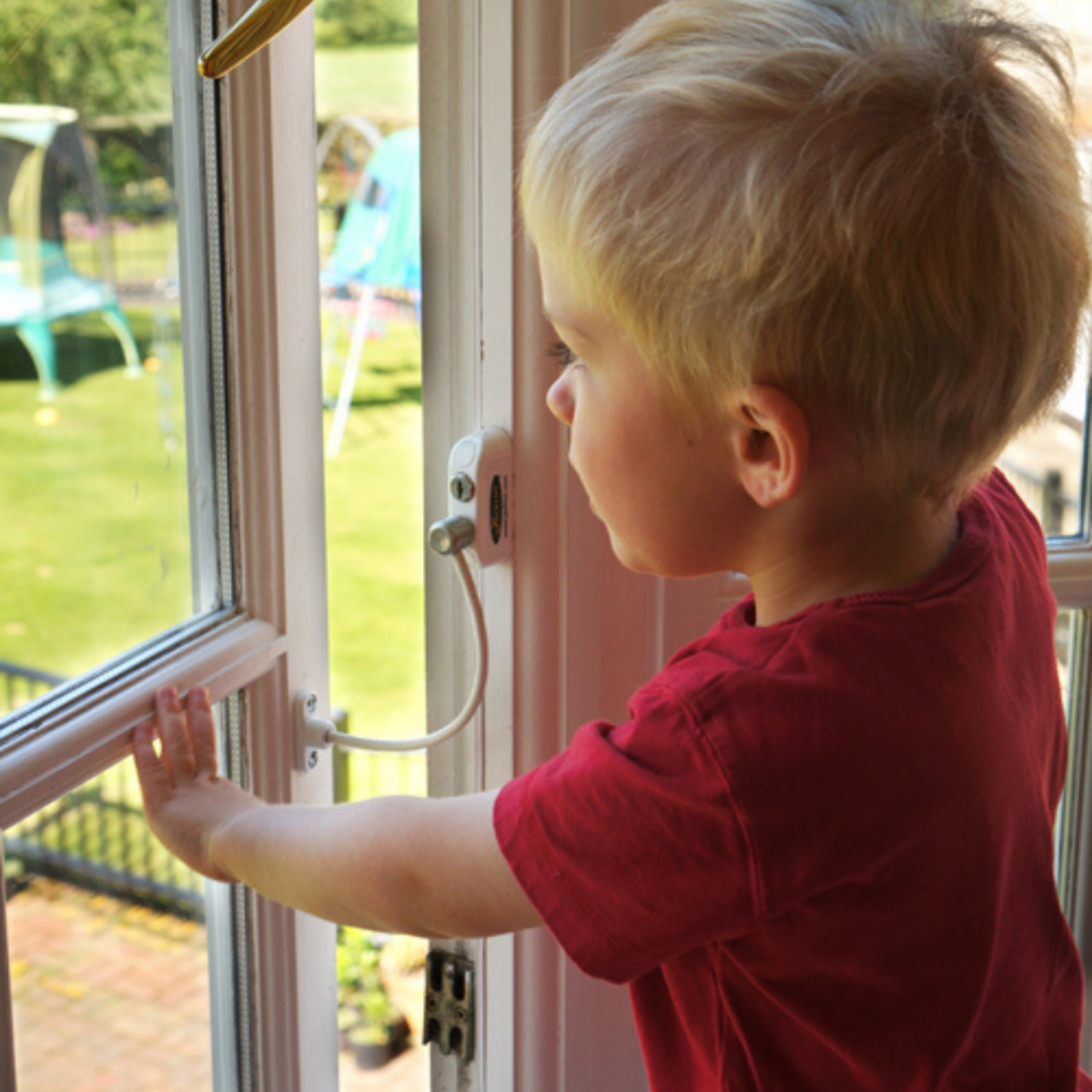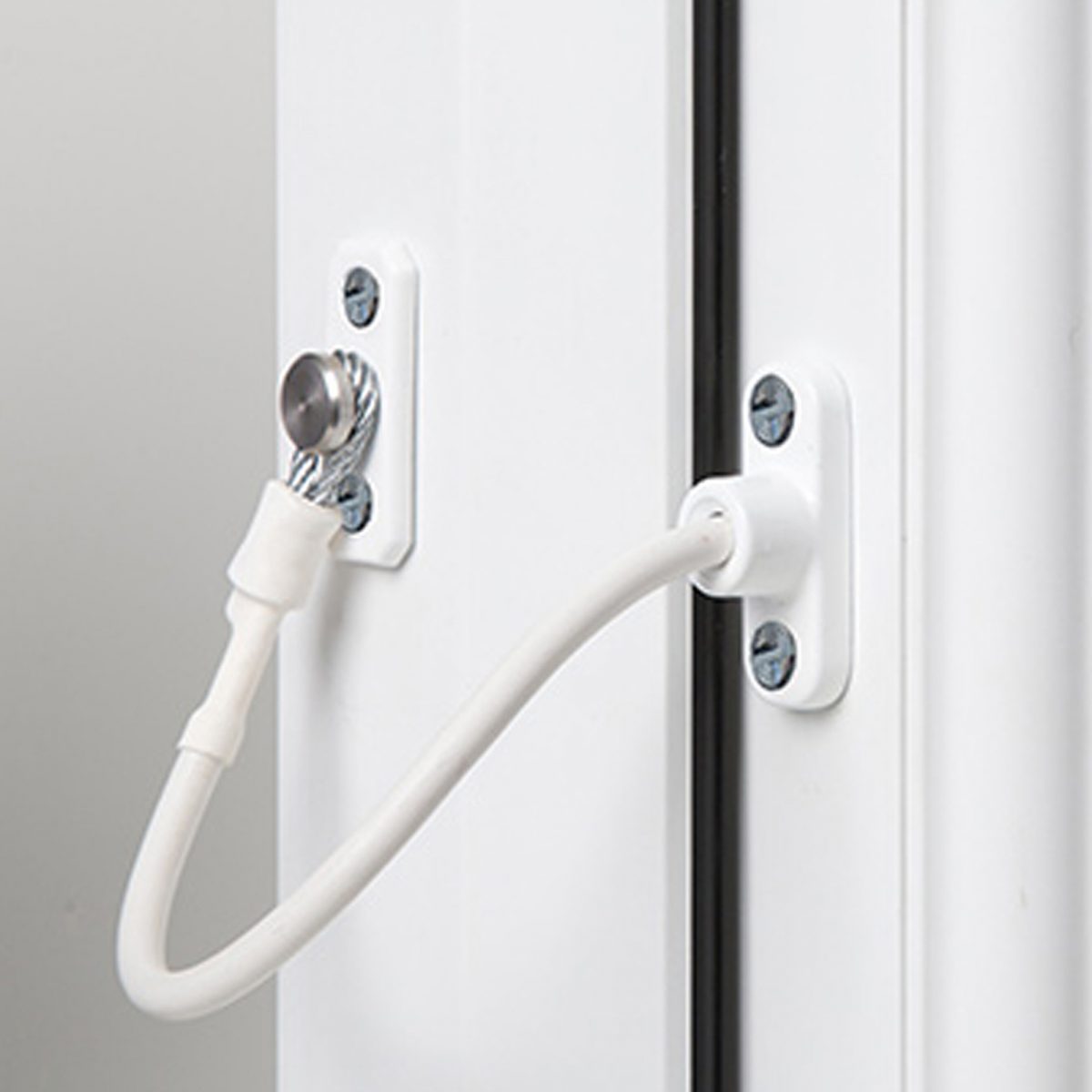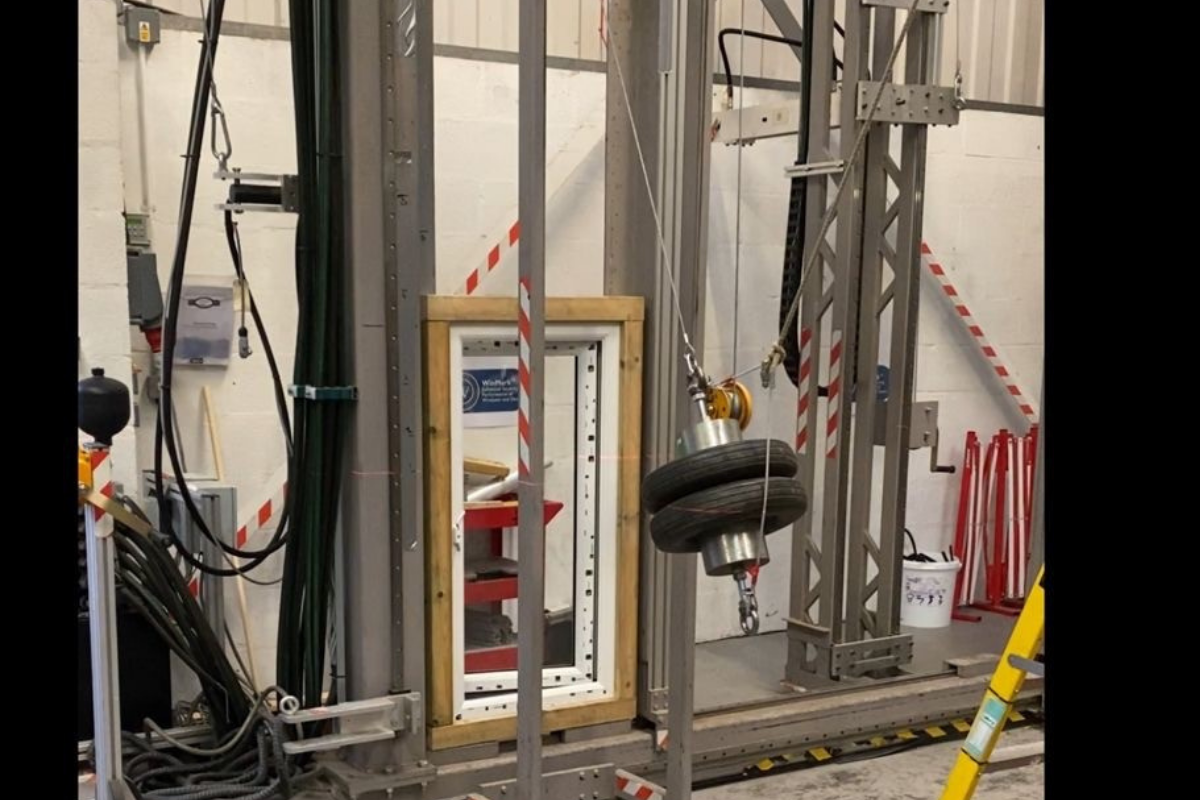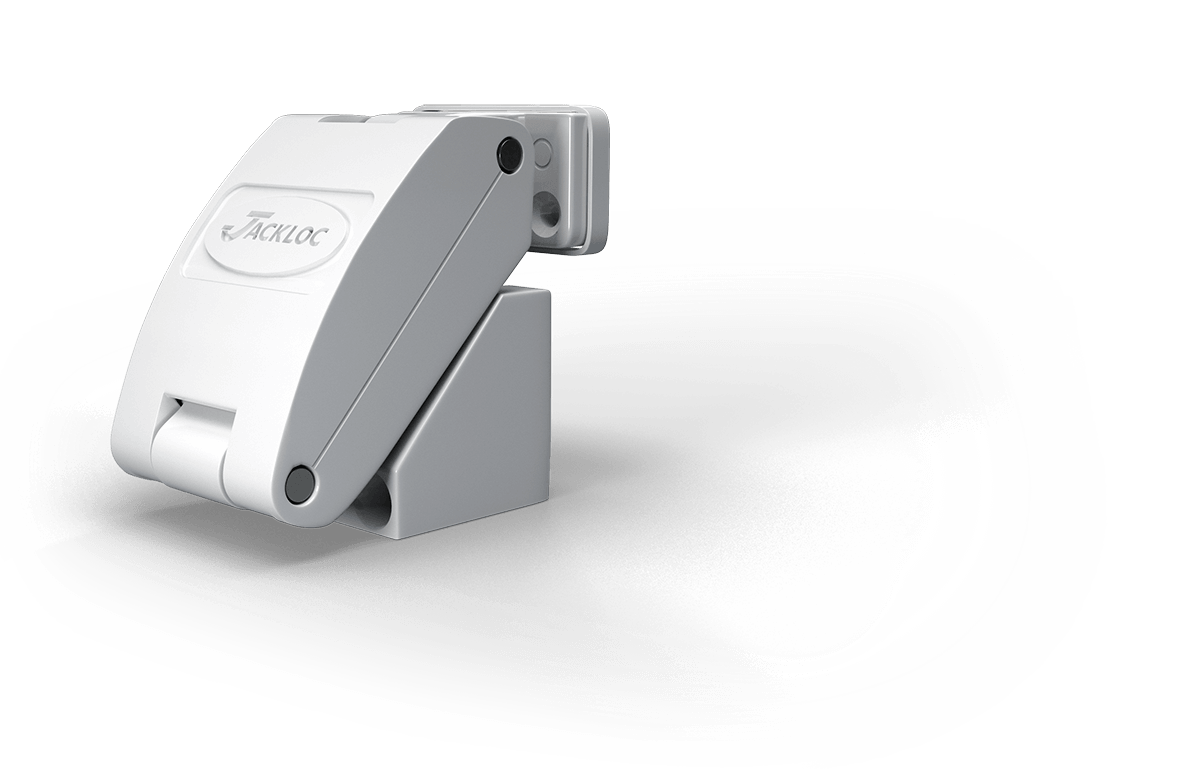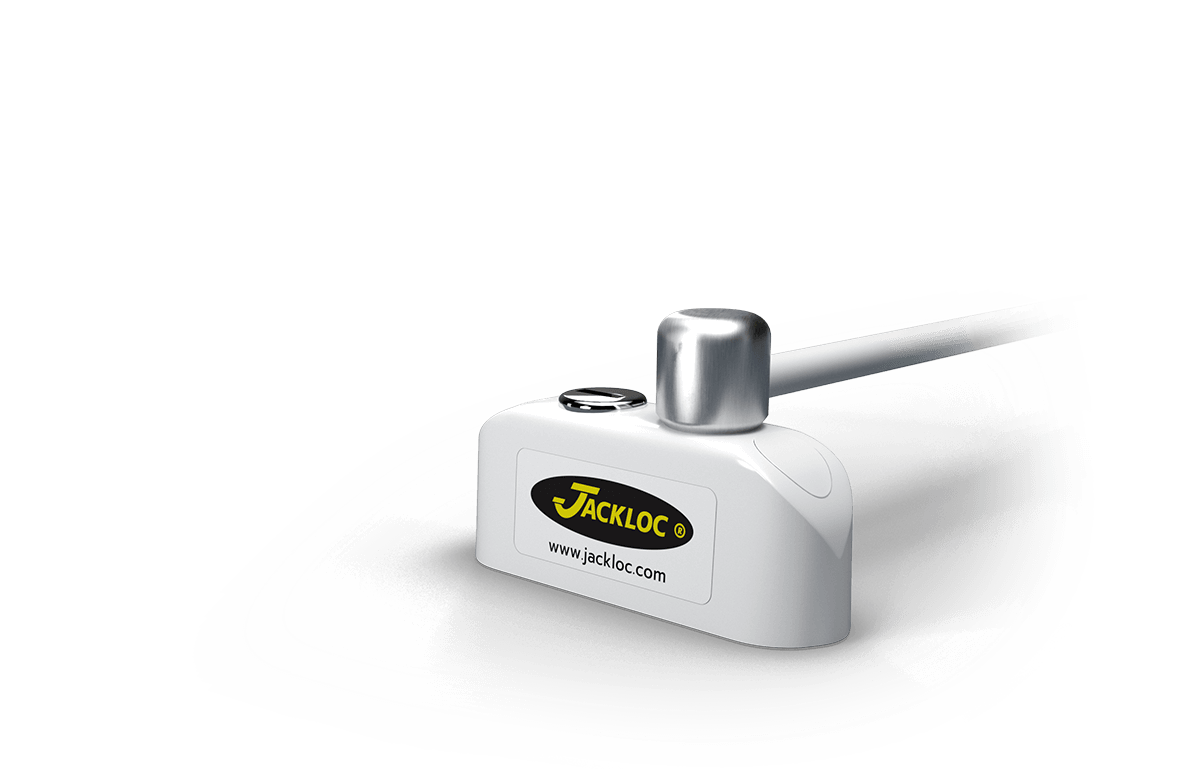Mila Maintenance and Jackloc offer the gold standard in fall prevention – why settle for less?
The Jackloc team are proud to have worked alongside Mila Maintenance and Installation for many years, to help provide the safest window solutions for residential and commercial buildings. Rick Awdas, Commercial Manager at Mila Maintenance, explains why offering Jackloc products to their customers gives them all the solutions they need.
Securing a home means ensuring window safety. The SAFEKEEP campaign from Mila Maintenance promotes window restrictors as key to safety. Through (E) Enhancement, we address window restriction’s significance. Often in our survey reports we find window restrictors missing where there is a risk of fall from height. Other times substandard restrictors have been fitted which may not work as required. Finally, we check how the restrictor is fitted to ensure it is tamper-proof where required.
Understanding the Mechanisms
The operational principle behind a window restrictor is relatively straightforward but profoundly impactful. It employs a mechanism that physically prevents a window from opening beyond a predetermined distance – typically not more than 100mm. This limited aperture is ample to promote air circulation while being too small for an individual to pass through, inadvertently or forcibly.
Types of Window Restrictors
There are several kinds of window restrictors, each with its unique attributes and mechanisms, to suit different windows and requirements:
- Cable Window Restrictors: A versatile choice, featuring a strong metal cable fixed to the window frame and sash, adaptable to all window types and materials, providing strength and functionality.
- Steel Folding Mechanism: Offering robust durability, these restrictors are composed of steel and can withstand significant force. They are foldable, making them a more permanent but discreet safety feature.
- Push and Turn Release Mechanisms: Ideal for situations where temporary restriction is needed, these mechanisms are user-friendly and can be engaged or disengaged as required for flexible window usage.
- Key-Operated Restrictors: Adding an extra layer of security, these restrictors require a key to unlock, preventing easy removal or tampering, suitable for areas where security is paramount.
- Concealed Window Restrictors: These robust, durable metal units are fitted within the window frame, rendering them almost invisible from the outside. They restrict the window opening to about 100mm but include a button release system for easy operation. This design allows for a wider opening without the need for a key, offering a balance between security and convenience. However, due to the button release, there is a potential for the window to be inadvertently opened further, which should be considered when assessing risk and usage patterns.
Legal Requirements for Window Restrictors
Understanding and adhering to legal requirements for window safety is vital for property owners and managers. In the UK, a ‘competent’ person must conduct a risk assessment to determine the necessity of window restrictors. Should they be deemed necessary, the Health and Safety Executive (HSE) guidelines are clear: “windows that are large enough to allow people to fall out should be restrained sufficiently to prevent such falls.” This typically means an opening restricted to 100mm or less, with the disengagement mechanism requiring a special tool or key.
Defining ‘Competent Person’
A ‘competent person’ according to health and safety law is someone who possesses the necessary training, experience, knowledge, and other qualities to provide proper assistance in fulfilling health and safety requirements. This individual is responsible for evaluating whether window restrictors are needed based on a comprehensive risk assessment.
HSE Findings on Window Restrictors
The HSE’s Review of Window Restrictors in Health and Social Care suggests that window restrictors should withstand at least 850N to protect vulnerable individuals in health and social care settings. This figure is derived from ergonomic data on the maximum static push force an adult male can exert.
The review also acknowledges that there may be situations where people could apply excessive force, body weight, impact, or momentum to open a window, such as throwing a chair against it. In such scenarios, the force guide of 850N may not suffice, and the risk of injury from falls or window component failure due to excessive force must be considered on a case-by-case basis.
Standards and Real-World Implications
Many commercially available window restrictors claim a minimum strength of 600N, based on older British Standards (BS 6375-2:1987). Current standards, however, tend to focus on everyday use rather than the extraordinary measures a determined individual might employ to open a window. This indicates a lower minimum strength requirement than the standards that are now superseded.
It’s also crucial to consider other factors such as longevity, resistance to wear, maintenance, and the potential for a restrictor to be deliberately disabled or to permit an opening larger than intended. Incidents have occurred where window restrictors have failed due to these reasons. For example, where a restrictor has not been fitted with security screws it can be easily disabled.
Why Mila Chooses Jackloc Window Restrictors?
In a marketplace brimming with alternatives and replicas, Mila staunchly champions Jackloc window restrictors. Mila Maintenance and Jackloc have a shared mission for safety.
A vision articulated passionately by Eric Collins, Jackloc’s Managing Director, underscores the profound commitment behind choosing Jackloc:
“Our mission resonates with making window safety and security a commonplace dialogue. Aiming to foster an environment where exploration is devoid of risks associated with accidental falls,” he says.
Echoing the essence of care, Jackloc is not merely about window restrictors; it’s about ensuring that every interaction amplifies peace of mind and reassurance in safety measures.
Unrivalled Testing Assurance
Embarking on a meticulous journey of testing, Jackloc products personify reliability and robustness. Surpassing the ordinary, they eclipse every British Standard test requirement, embodying an extraordinary testament of strength and endurance.
Diving into the Mila SAFEKEEP Model
- Survey (S): Detailed Checks with Tailored Reporting. Our engineers conduct meticulous checks on your windows and doors. We also consider any additional factors requested by our clients to furnish landlords with a detailed report.
- Adjust (A): Preventing Small Issues from Becoming Major Ones. The emphasis here is on proactive care. Windows require continual small adjustments to windows and regular lubrication.
- Fix (F): Swift and Uncomplicated Solutions. Our approach to fixing is straightforward and effective. Once a problem is identified, our team ensures it’s repaired efficiently.
- Enhance (E): Advancing Beyond the Basic Functions. Enhancements go beyond mere fixes. In every enhancement action, the objective is to boost the existing functionality. Enhancements may also prolong the lifespan of your installations.
- KEEP: Keep your Windows and Residents SAFE. By engaging in long-term contracts, landlords can spread repair costs over an extended period. They gain preferential access to Mila’s responsive repair services. The ‘KEEP’ phase protects your window and door investment. It’s how you KEEP your resident’s windows operational over the long-term with all safety measures functional.
Partner with Mila and Jackloc to SAFEKEEP Your Residents
When you partner with Mila & Jackloc, you don’t just get a service provider; you get a team that truly cares about your property as much as you do. We ensure all your window and door care needs are managed effectively under one comprehensive, expertly executed model – SAFEKEEP.
Learn more about how SAFEKEEP can benefit your properties by contacting Mila & Jackloc today.
Let’s work together to SAFEKEEP your property.



